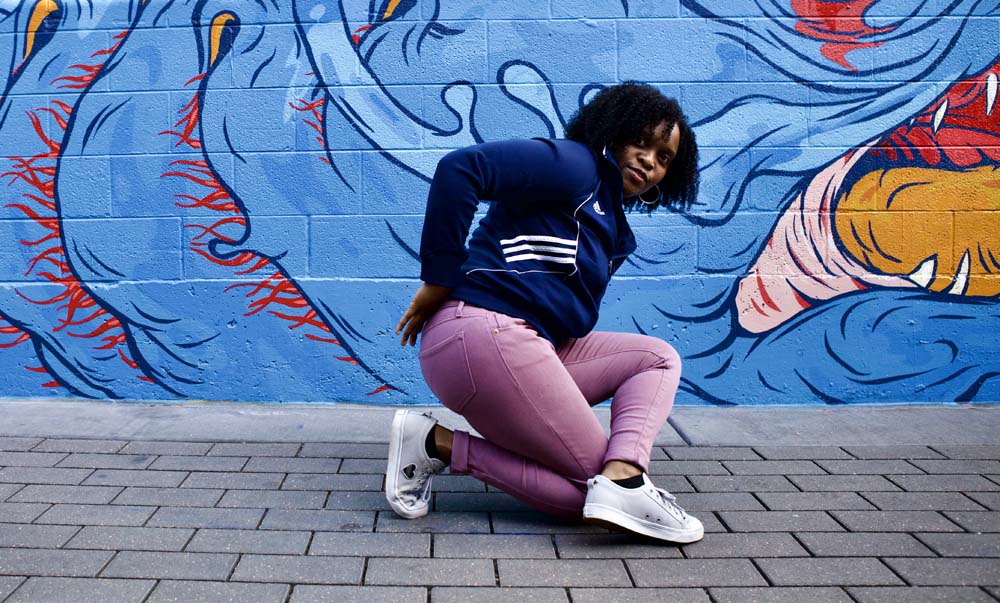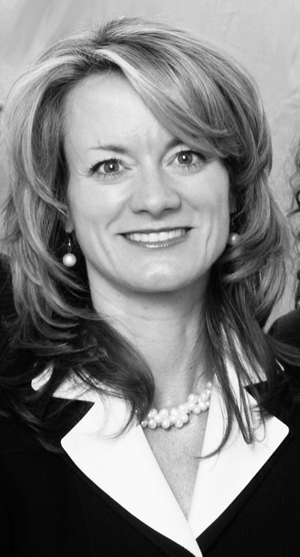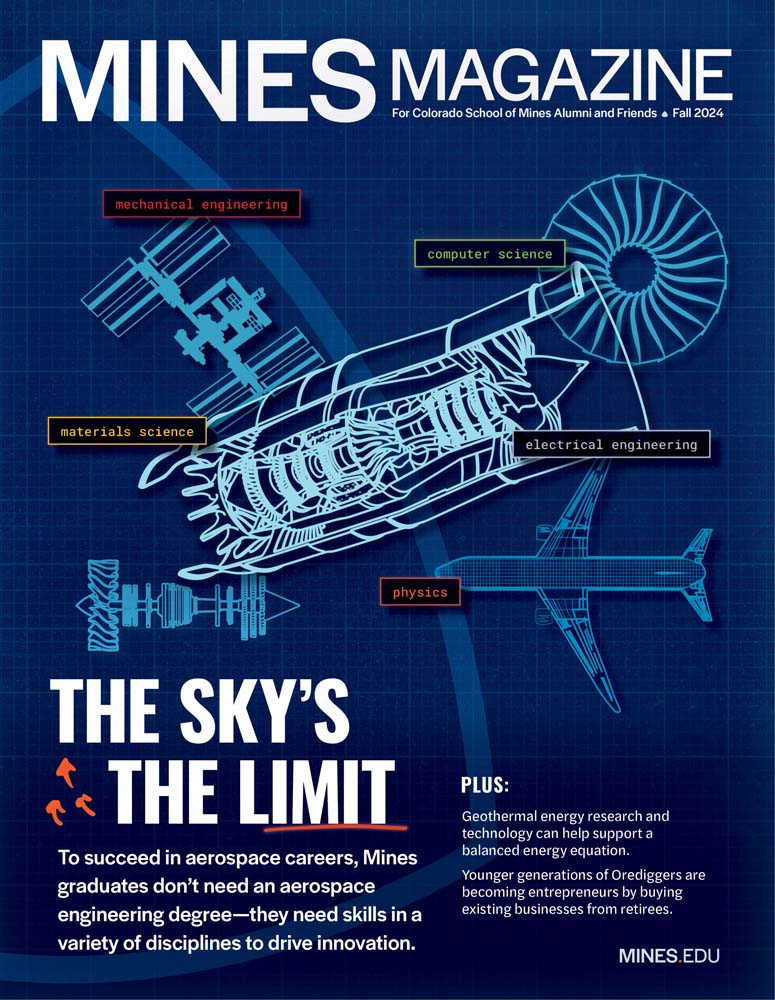Breaking beats and boundaries

There’s no arguing that hip-hop is electric—but it’s not often associated with electrical engineering. Engineers, however, are nothing if not inventive.
After a 2019 layoff put the brakes on her tech career, Le’Toya Garland ’04—who played outfield on the Orediggers’ softball roster while getting her degree in electrical engineering—completely reinvented her professional life, turning the career curveball into a homerun. She’s now co-owner of the School of Breaking, which offers hip-hop dance and arts education in Aurora, Colorado.
Growing up on military outposts before her family settled in Denver, Garland was attracted to hip-hop dance, but remote locations were lacking in opportunity. Hip-hop dance, like engineering, has a “make it work with what you got” ethos, but “you can’t learn breaking from a book,” she said with a laugh. “I tried.”
In 2014, she enrolled her young son in classes at the School of Breaking, waiting in the lobby before finally venturing the courage to hit the floor herself. Now the school’s co-owner and operations manager, Garland, also known as “B-Girl Tweezy,” credits her years at Mines with preparing her for success.
“At first I wasn’t really sure about how my technical background and college education would be useful working at a school that deals with arts and culture,” Garland said. “But there are all kinds of things that I have to be responsible for learning and mastering. I took the concepts of analysis and troubleshooting that are a huge part of engineering and applied it to teaching myself how to do all of the functions that are within a business. I’ve always felt like I’ve been really good at troubleshooting and being very solution oriented. And that skill set and mindset are very useful in terms of me running a business today.”
Garland credits the Multicultural Engineering Program at Mines for fostering a sense of belonging that she works to create for others today. “That was an important part in me choosing to go to Mines, because I felt like it was a school that actually cared about my attendance and my participation and me being a student there,” she said. “Before my freshman year, there was a week of learning and social activities for students who were a part of the minority engineering program. It was very helpful in making the transition to being a college student and being in a space where our numbers were small. It didn’t feel as intimidating, and I wasn’t as anxious about starting after having gone through that summer program.”
That support and encouragement inspire her efforts to make the School of Breaking a welcoming environment for all. For example, the diversity in hip-hop has not always extended to gender, and Garland’s school has hosted sessions to specifically encourage more girls to try breaking.
“Sometimes all we need is to be around people who believe in us and encourage us to move in our own way, at our own pace,” said Garland. “I’m in spaces oftentimes where I’m the only person who looks like me—especially being in technology, being a Black woman, being a woman within hip-hop culture. It’s important for me, leading an organization, that I maintain awareness around that and do anything that I can so others will know that their presence is desired and that it’s a safe space for them to be in. That’s a part of the work that we do as a school—not just for women or girls, but for anyone. Hip-hop is a culture for everyone. Its values are peace, love, unity and having fun. And though it was created by Black and brown youth in the seventies in New York, it’s meant to be a space for anyone who shares those values to participate and uphold those cultural responsibilities.”
Breaking—which debuted as an Olympic sport in 2024—and hip-hop culture have now been around for more than 50 years, expanding from music, graffiti and dancing to encompass values like health, wellness and education. The school is planning to expand as well, adding more programs and exploring larger locations.
“It’s a challenge,” Garland admitted. “But I felt very prepared to address all of life’s challenges after I graduated from Mines.”



